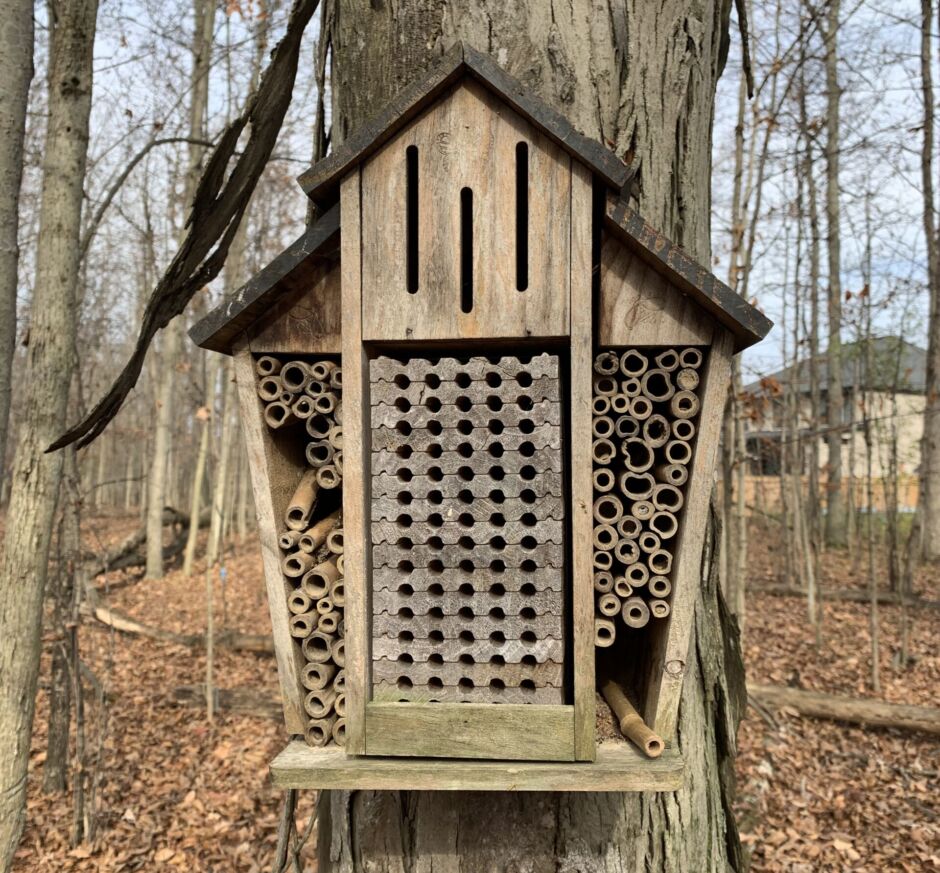Wildlife Structures
The Upper Thames River watershed is home to a wide variety of wildlife including birds, insects, reptiles, amphibians, mammals, and fish. Unfortunately, their habitats and essential nesting sites are often degraded or lost due to human impacts to the local environment. In turn, wildlife populations are declining. To help combat the effects of this loss, features such as nesting structures, brush piles, turtle basking logs, and snake hibernacula are being built to mimic natural habitat conditions.
The UTRCA often uses these structures when restoring habitats on public and private land. In newly planted treed sites, some structures, such as bird nesting boxes, are used until the trees are mature enough to naturally support wildlife. In prairie and wetland creation sites, these nesting boxes may become a permanent fixture.
The web pages listed below describe some of the wildlife habitat structures that can be built to assist wildlife. Many structures are easy to construct, while others may require plans, technical assistance, or heavy machinery. Most rely on natural materials such as wood, branches, reeds, and rocks.

Bee Condo

